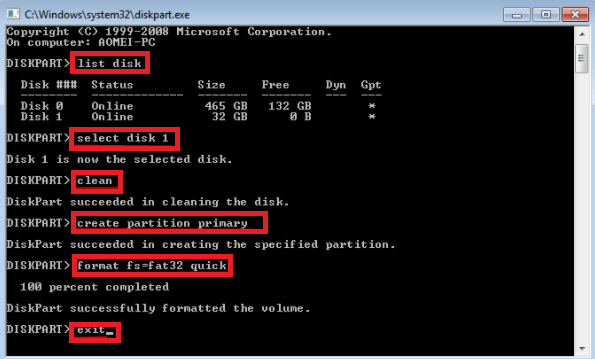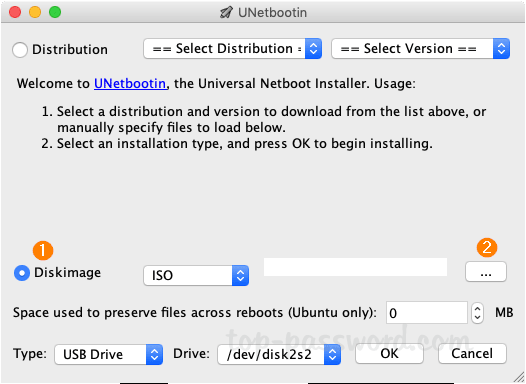

Check the Create an MS-DOS startup disk option at the Format options section.Insert the diskette in the floppy disk.To create the bootable diskette for Windows XP, follow these steps: How do I make a Windows XP recovery disk? Alternatively, you can use Window’s native ISO burner. Click Browse and locate your Windows ISO file. To create a bootable DVD, open Burnaware and click on Burn ISO. 10 What is the best USB bootable software?.5 How do I repair Windows XP without a CD?.3 How do I run an ISO file without the CD?.2 How do I make a Windows XP recovery disk?.Now that you understand what you have to do, let’s see how to do it. If you omit this option, dd will still write just fine (and might actually appear to run quicker), but you might find your system taking quite a while before it tells you it’s safe to remove the USB drive as it will finish writing the ISO’s content in the background, thus allowing you to do other things in the meantime. This causes dd to not report a successful write until the entire ISO has been written to the USB drive. Lastly, you set the conv option to fsync. The noxfer option hides some information that’s printed after a transfer is complete, such as how long it took from start to finish. If you were to have set the none option instead, dd would only print error messages during the writing of the ISO, thus removing things like the progress bar. The progress option that you set will cause dd to show periodic statistics on how much of the ISO has been transferred to the storage drive, as well as an estimation on how much longer it will be until dd is finished. Status can be set to three options: none, noxfer and progress.

You can also specify things like the path to an external device (as shown in the example), which just looks like a normal file on your system, but actually points to a device connected to your machine. The thing to remember is that the output file doesn’t technically have to be a file on your system. As was with if, of simply stands for output file. if stands for input file, which tells dd what file you are going to be writing to the external storage drive.Īfter that, you enter of="/dev/sdb". As expected, this is just the name of the program you are going to run. Explanation of the dd command for live USB creationįirst, you enter dd.


 0 kommentar(er)
0 kommentar(er)
